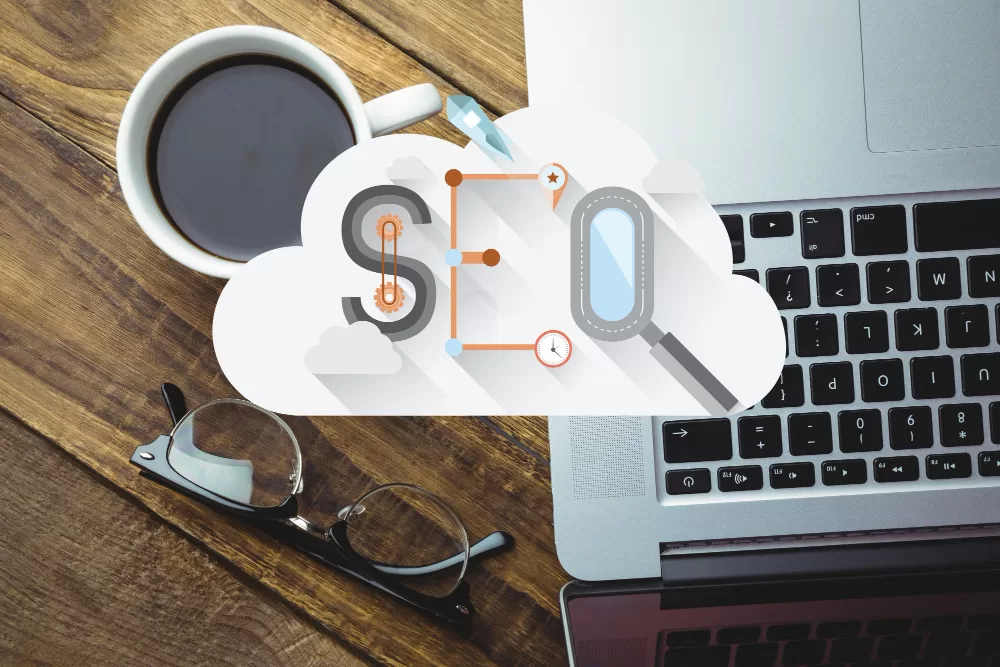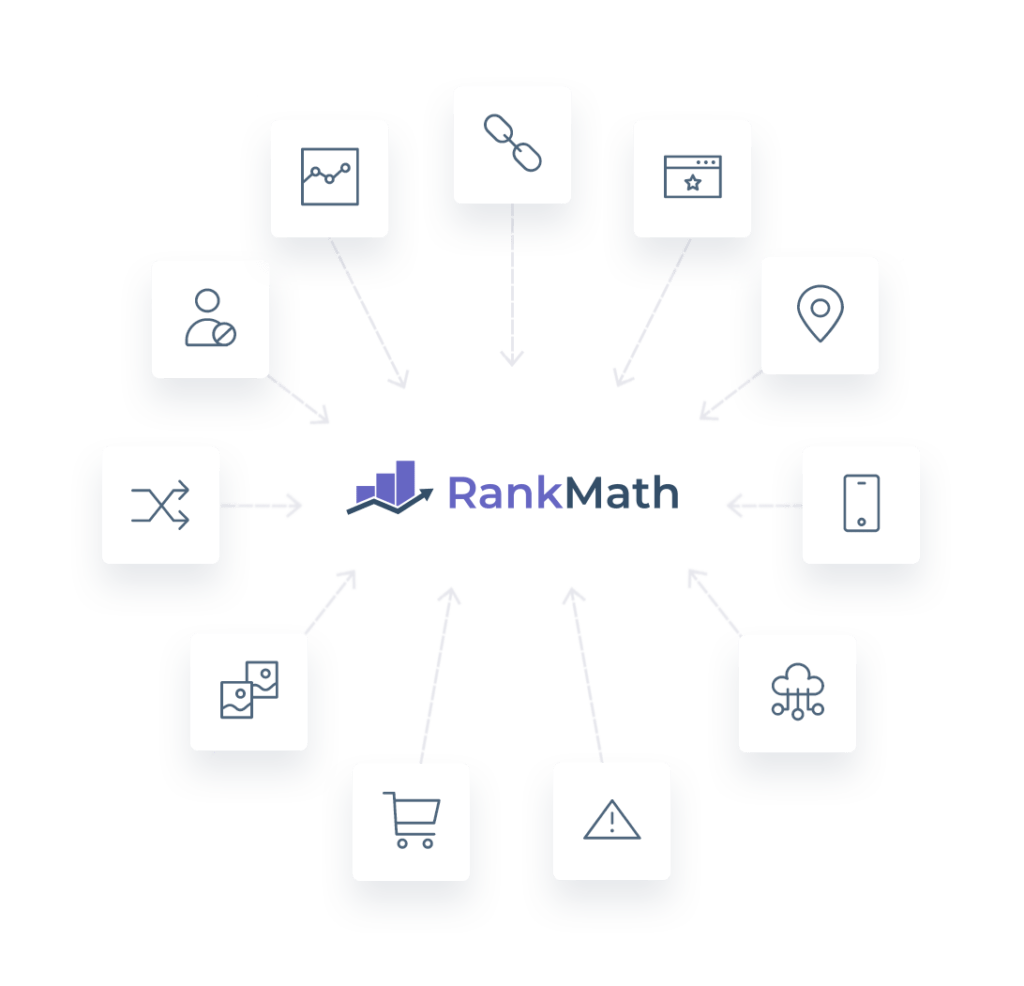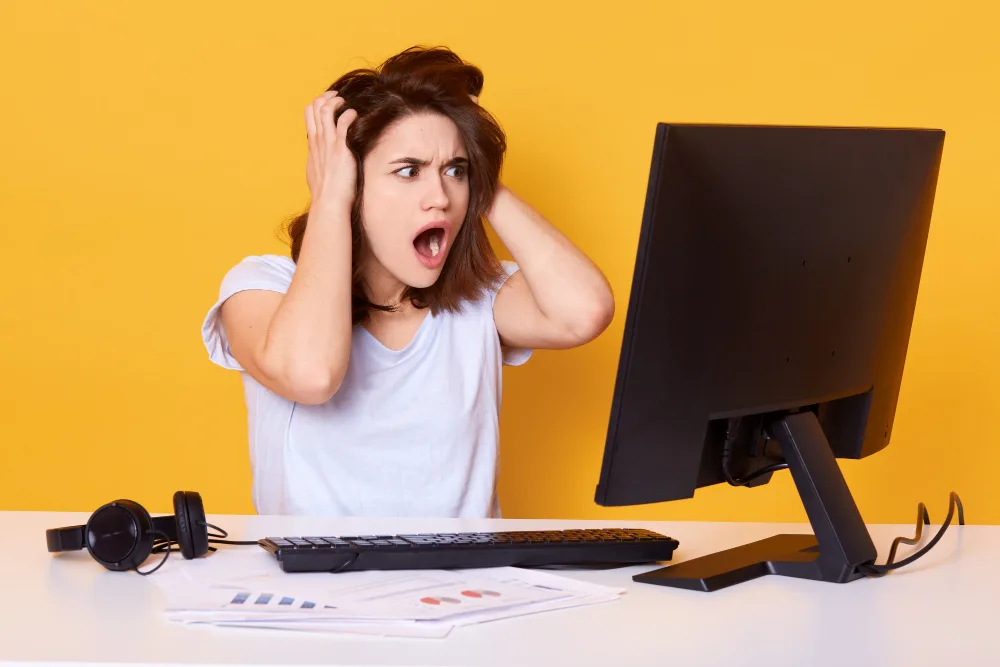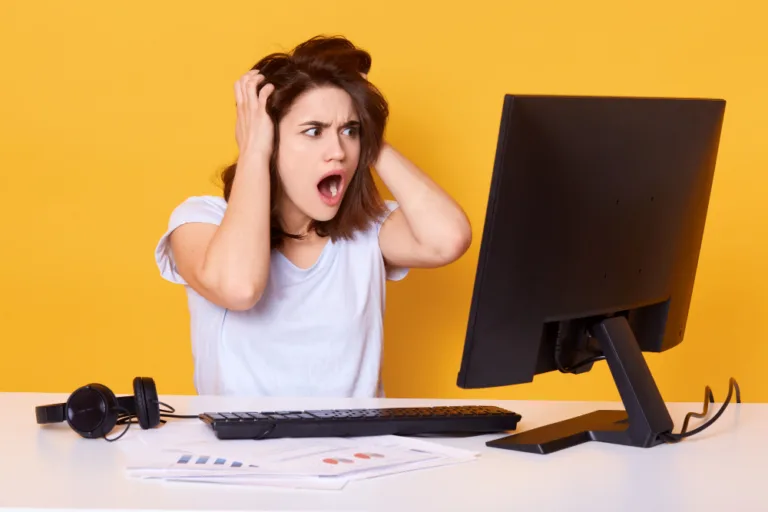On-page SEO optimisation is a constantly changing field where every change you make to your website can have a big effect on how search engines see it. This guide will walk you through the meaning of on-page SEO and show you why it’s important for increasing your website’s performance.
Understanding On-Page SEO optimisation
On-page SEO optimisation, also called on-site SEO, is the process of making changes to individual web pages to help them rank higher in search engines and get more free traffic. It is all about the text and structure of your website. You can make your pages more appealing to search engines by changing different parts of them.
Keywords: The heart of on-page SEO optimisation
Keywords are what on-page SEO is all about. These are the words and phrases people enter into search engines to find topics. Doing the right keyword research is important if you want to know what your audience is looking for and how to make your content fit their needs.
Imagine that you have a website where you sell hand-made soap. You find out that “natural handmade soap” and “organic soap bars” are common search terms after doing some research. By using these keywords in your product descriptions and blog posts in a smart way, you tell search engines that your content is relevant to people who are looking for these terms.
Title tags are the way people find your content
Elements of HTML known as title tags are responsible for defining the title of a web page. One of the most important on-page SEO elements is that they are displayed as the headline that can be clicked on in search engine results.
Let’s say you run a travel blog, and one of your articles is about budget-friendly destinations in Southeast Asia. Title tags like “Exploring Southeast Asia on a Budget: Top Affordable Destinations” not only describe the main idea of your article, but they also include keywords that are important to it. It’s more probable that your page will show up in search results when someone is looking for budget-friendly Southeast Asian vacations.

Creating a strong Meta Description
Meta descriptions, which display in search results below the title tag, provide an overview of a web page’s content. While they have no direct impact on rankings, well-written meta descriptions can influence click-through rates.
Let’s say you run an online shop, and a popular mystery book is listed on one of your product pages. “Dive into an enthralling mystery adventure with our top-rated novel – a suspenseful page-turner that promises to keep you captivated from start to finish.” is an example of a meta description that not only sounds interesting but also uses keywords related to mystery novels.
Header Tags: Building a content hierarchy
Header tags (H1, H2, H3, etc.) arrange your content and help visitors and search engines understand the hierarchy of information on a page.
Think about starting a fitness blog and writing a beginner-friendly article titled “Effective Cardio Workouts.” Using H1 for the primary heading and H2 for subheadings such as “Exploring the Benefits of Cardio Exercise” and “Easy-to-Follow Cardio Routines,” you create a well-organized layout for a pleasant reading experience.
Quality content: interesting, useful, and relevant
The most important part of on-page SEO optimisation is having quality content. Search engines want to give users the best results possible, and the most important thing they can do to do this is find high-quality, relevant information.
Say you have a blog about cooking, and you post a recipe for a standard chocolate cake. Instead of just listing the steps and ingredients, you add a personal touch by talking about where the recipe came from, how to get the right texture, and different ways it could be made. This makes your material more interesting and also positions it as a useful resource for people who want to learn how to make a tasty chocolate cake.
URL Structure: A roadmap for search engines
A clean and structured URL not only improves the user experience but also helps search engines understand the content of a page.
If you have a photography website and a blog article titled “Essential camera accessories for beginners”, a well-structured URL like “yourwebsite.com/essential-camera-accessories-for-beginners” is not only user-friendly, but it also shows search engines the primary subject and target audience of your material.
Image optimisation: Improving visibility and performance
Images play an important part in the design of websites and in the engagement of users, but if they are not correctly optimised, they can also have an effect on the performance of your website.
If you have an online clothing store and use high-quality pictures of your products, optimising them means making the files smaller without losing any quality. This makes sure that your website runs quickly so that users have a smooth experience.
Using descriptive filenames and alt text like “Stylish Red Summer Dress” and “red-summer-dress.jpg” also helps search engines understand what the pictures are about, which could help your site show up higher in image search results.
On-page SEO optimisation helps your website become more visible, get more visitors, and provide a better experience for users.

When it comes to on-page SEO optimisation for WordPress websites, Rank Math emerges as a stellar solution, seamlessly combining powerful features with user-friendly functionality. With its intuitive interface, comprehensive on-page SEO tools, and advanced capabilities, Rank Math is a top choice for enhancing your website’s visibility on search engines.
We highly recommend giving it a try to supercharge your SEO efforts. Explore Rank Math’s capabilities and unlock the potential for improved search rankings and organic traffic.
Remember that SEO is an ever-changing field, and it’s important to keep up with industry trends and search engine algorithms. As you start to learn about on-page SEO optimisation, keep trying new things, analysing your results, and improving your tactics to make sure your website stays on top of the constantly changing digital world.






















